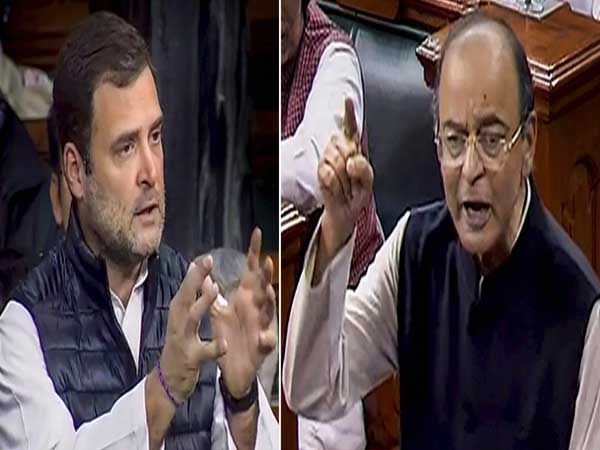
The ruling party and the opposition have entered the final phase of the perception war with Lok Sabha elections round the corner as the government enters the lameduck phase of its tenure. The face-off in Parliament over the Rafale deal indicates the sharp upward curve that decibel levels will take as each side tries to get itself heard.
Every election is important for it signifies a change in politics – even when the same political forces return to power. In the immediate past, UPA-I was different from UPA-II, for instance, because it saw a realignment of political forces with the exit of the Left parties as supporters of the ruling coalition. UPA-II raised hopes that the UPA would no longer be pulled back from pursuing economic reforms – a promise that was belied by the controls exerted by the powerful National Advisory Council and the Congress party’s own left-of-centre politics.
In the post Emergency period, the coming elections are perhaps the third most important for the message that they are likely to deliver. The elections in 1977 were important because they were meant to answer the question whether the Congress party would be consigned to the dustbin of history, so to say. The answer was an emphatic ‘No’— even though Indira Gandhi lost her Rae Bareli seat to Raj Narain, the Congress had a foot in the door with 159 seats in the Lok Sabha. This proved to be an important launch pad for its return to power in 1980.
The 1996 elections were the second most important in this phase. They were meant to answer the question whether a Congress government led by a prime minister who did not have the outright support of the Nehru-Gandhi family could work the party organisation and win an election. This answer here too was an emphatic ‘No’.
The stakes are exceptionally high in the coming elections for they will show whether a party, that had been given outright majority in Parliament for the first time in the coalition era that began around 1988, was able to absorb the pulls and pressures of the different power centres. It will also prove whether that essential requirement of politics in the developing world – charismatic leadership, which Prime Minister Narendra Modi epitomises – will be a deciding factor. Importantly, it will show whether Modi continues to have the unstinted support of the Rashtriya Swayamsevak Sangh (RSS) and that its cadres will turn up in full strength for the 2019 elections.
Against the backdrop of its victories in Madhya Pradesh, Chhattisgarh and Rajasthan, the Congress party, down to its lowest tally ever in 2014 and all but consigned to the dustbin of history, believes it has a foot in the door. It also appears to be convinced that it has achieved a pushback against the BJP in public perception and that its campaign against the government on the Rafale deal has hit home.
Five years is a long time in politics and the BJP under Modi, once considered invincible, is making significant changes in strategy to deal with controversy and attacks on it by the opposition. In the early part of NDA-II, the BJP and the government would generally ignore controversy and treat opposition attacks – on the few occasions it was belligerent in that period – with disdain. It also took its role as a Hindu majoritarian entity seriously. But, over the past few months, that tack has changed. It has tried to demolish the Congress-led campaign on the Rafale deal, perhaps surmising that it is getting some traction. Evidently, the series of Congress or opposition victories in the second half of NDA-II’s tenure have provided the occasion for introspection. That explains suggestions that the government would bring down GST on a number of items, try to reduce farm distress through DBT, generate employment by enabling easy credit to start-ups and push liquidity into the market. That these steps and suggestions have been made in the final months of its term in office indicates a correlation with the election defeats.
Meanwhile, the Hindu majoritarian agenda is now on the back burner to the point that it appears to have riled the RSS and militant Hindu groups. In his interview to ANI, Modi’s clarification on the primacy of the legal process in the Ayodhya Ram temple issue, indicates a lowering of noise levels.
Of course, there are challenges for Congress president Rahul Gandhi too – importantly, on , first, whether the Congress will be able to line-up important allies behind it and, second, whether he is acceptable as leader of the opposition alliance. The state elections have given it considerable heft in the anti-BJP space. But, this is a relentless fight. Pitched against Modi’s hectic pace and popularity, the Congress and other opposition parties need to be up to speed in the run-up to the polls. The spotlight, though, will be on Modi. A consummate risk-taker, it would be interesting to see whether he will pull off something big once again.
ananda.majumdar@mydigitalfc.com





